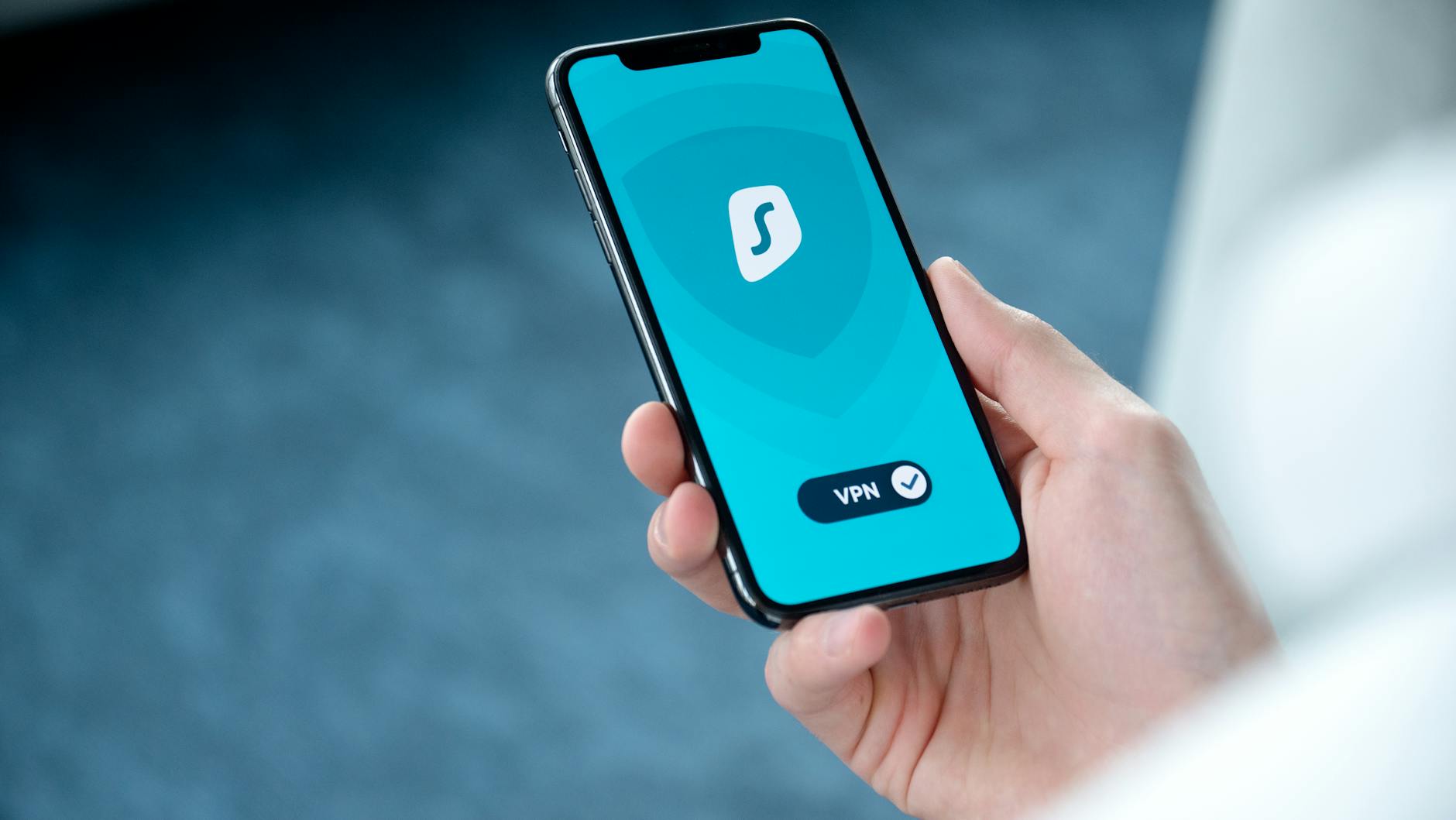In today’s digital age, the prevalence of mobile applications has become an integral part of our daily lives. With the convenience and functionality that apps offer, it’s essential to understand the importance of app permissions and how they can impact the security of your device. By following best practices for managing app permissions, you can effectively secure your phone effortlessly. Let’s delve into the world of app permissions, explore key strategies for enhancing your mobile security, and empower yourself to take control of your digital privacy.
Understanding App Permissions
Before diving into best practices, it’s crucial to comprehend what app permissions are and why they matter. App permissions are settings that allow or deny an application access to certain features or information on your device. When you download and install an app, it may request various permissions to function correctly. These permissions can include accessing your camera, microphone, location data, contacts, photos, and more. Granting unnecessary permissions can potentially expose your personal data to security risks and privacy breaches.
The Risks of Overly Permissive Apps
Granting excessive permissions to apps can have serious consequences for your device’s security. Some apps may collect and misuse your sensitive information without your consent, leading to identity theft, data breaches, and unauthorized access to your device. For instance, a malicious app with unnecessary access to your microphone could eavesdrop on your conversations, compromising your privacy. To mitigate these risks, it’s essential to review and manage app permissions proactively.
Best Practices for Securing Your Phone
1. Review Permissions Before Installation: Before downloading an app, carefully review the permissions it requests. If an app asks for permissions that seem unrelated to its functionality, consider whether it’s necessary to grant those access rights.
2. Limit Permission Access: Utilize the permission settings on your device to restrict apps from accessing certain features unless absolutely required. For example, you can prevent apps from accessing your location when not in use or limit their ability to access your contacts.
3. Regularly Audit App Permissions: Periodically review the permissions granted to installed apps on your device. Remove permissions that are no longer necessary or that you feel uncomfortable granting.
4. Update Apps Regularly: Keep your apps up to date to ensure you have the latest security patches and fixes. Developers often release updates to address vulnerabilities and enhance app security.
5. Install Antivirus Software: Consider installing reputable antivirus software on your device to protect against malware, phishing attacks, and other security threats that could exploit app vulnerabilities.
Conclusion
By implementing these app permissions best practices, you can enhance the security of your phone and safeguard your personal data from potential risks. Remember that maintaining a proactive approach to app permissions is essential in safeguarding your digital privacy and maintaining a secure mobile experience. Stay informed, stay vigilant, and take control of your app permissions to protect your device effortlessly.



